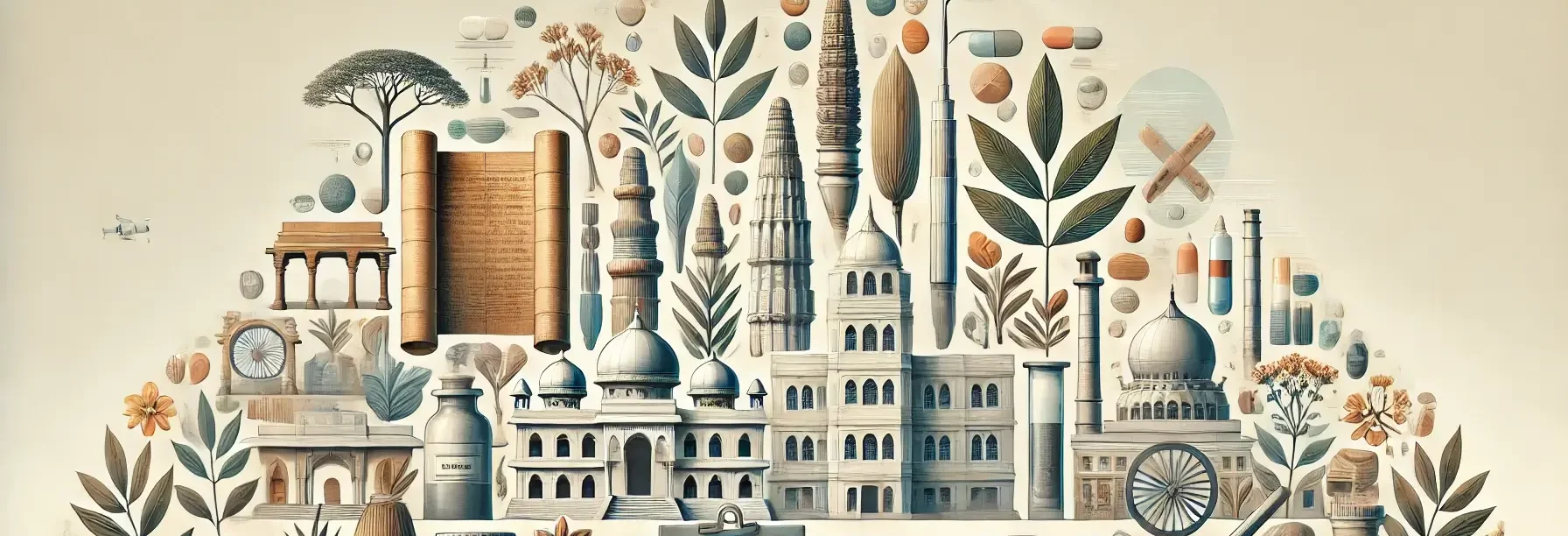- A pharmacopoeia is an authoritative collection of standards and guidelines for the quality, purity, and strength of drugs, excipients, and dosage forms.
- It outlines the composition, preparation, storage, and labelling requirements of pharmaceutical products, serving as a reference for healthcare professionals.
History of Pharmacopoeia
1) Early Compilations:
- Early examples include “De Materia Medica” by Dioscorides (1st century AD) and “Canon of Medicine” by Avicenna (11th century AD).
2) First National Pharmacopoeias:
- The first official pharmacopoeia, the “Dispensatorium” of Nuremberg, was published in 1546.
- The first national pharmacopoeias appeared in the 17th century, such as the Pharmacopoeia Londinensis (1618) and Pharmacopoeia Augustana (1629).
3) International Harmonization:
- In the 19th and 20th centuries, differences in national standards led to efforts for harmonization, culminating in the International Pharmacopoeia (1951) under WHO.
4) Modern Pharmacopoeias:
- Major modern pharmacopoeias include the United States Pharmacopeia (USP), European Pharmacopoeia (Ph. Eur.), British Pharmacopoeia (BP), and Japanese Pharmacopoeia (JP).
History of Pharmacy in India
- The history of pharmacy in India can be divided into four phases: ancient history, the colonial period, post-independence, and the modern era.
1) Ancient History:
- Pharmacy in India has roots in traditional systems like Ayurveda, Siddha, and Unani.
- Texts like Charaka Samhita and Sushruta Samhita describe medicinal plants and preparations.
2) Colonial Period:
- Under British rule, allopathic medicine was introduced, and the first pharmacy course was offered in 1863 at Calcutta Medical College.
3) Post-Independence:
- After 1947, the Pharmacy Act of 1948 established the Pharmacy Council of India (PCI) to regulate the profession. The first B. Pharm course started in 1953.
- The government promoted the pharmaceutical industry, and the 1970 Patent Act spurred the growth of generic drug production.
4) Modern Era:
- Post-1990s liberalization led to the expansion of the pharmaceutical industry, making India a leading producer of generic drugs.
- Pharmacy education diversified with courses like D.Pharm, M.Pharm, and Pharm.D. Key regulatory bodies include PCI, IPA, AICTE, and NIPER.

